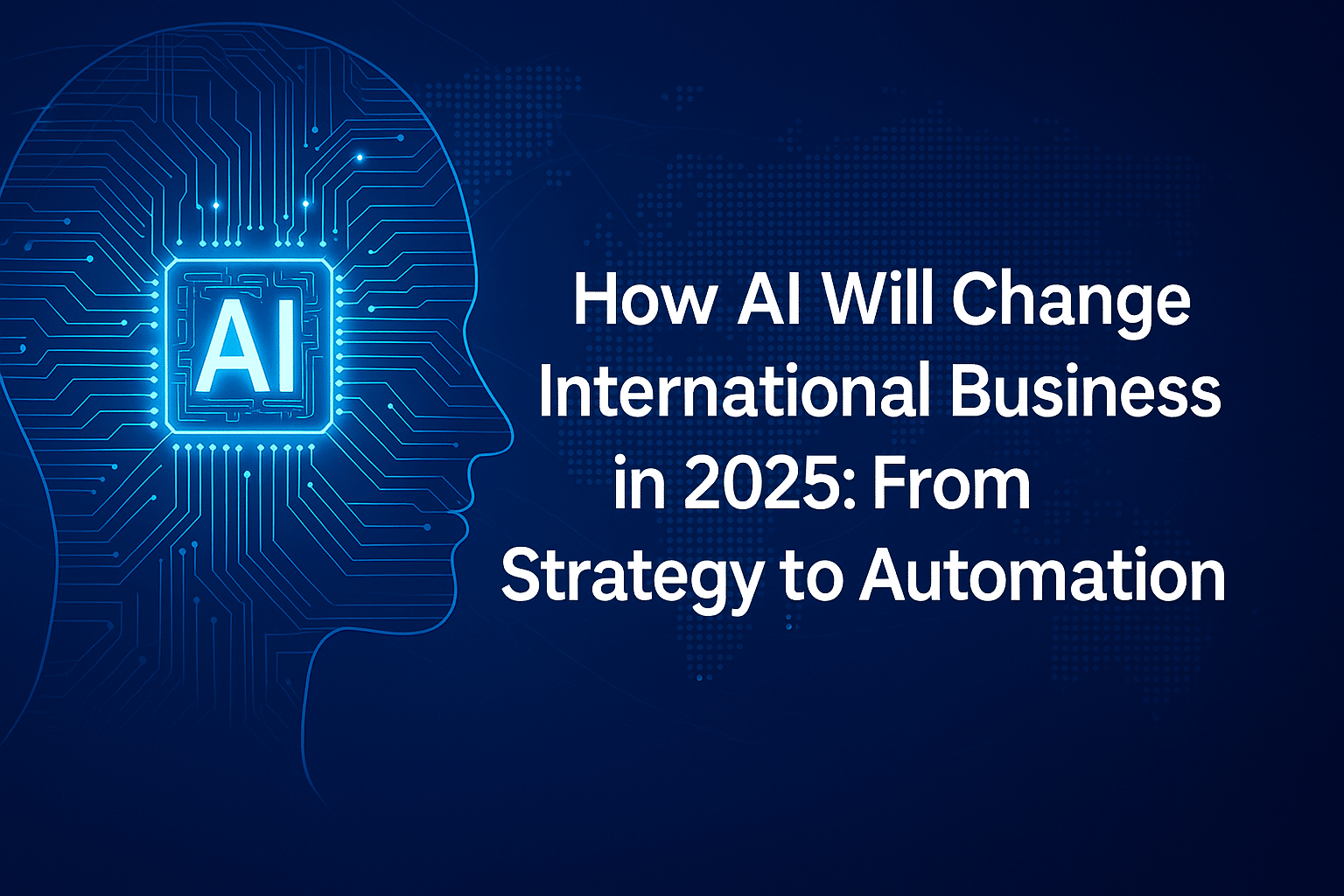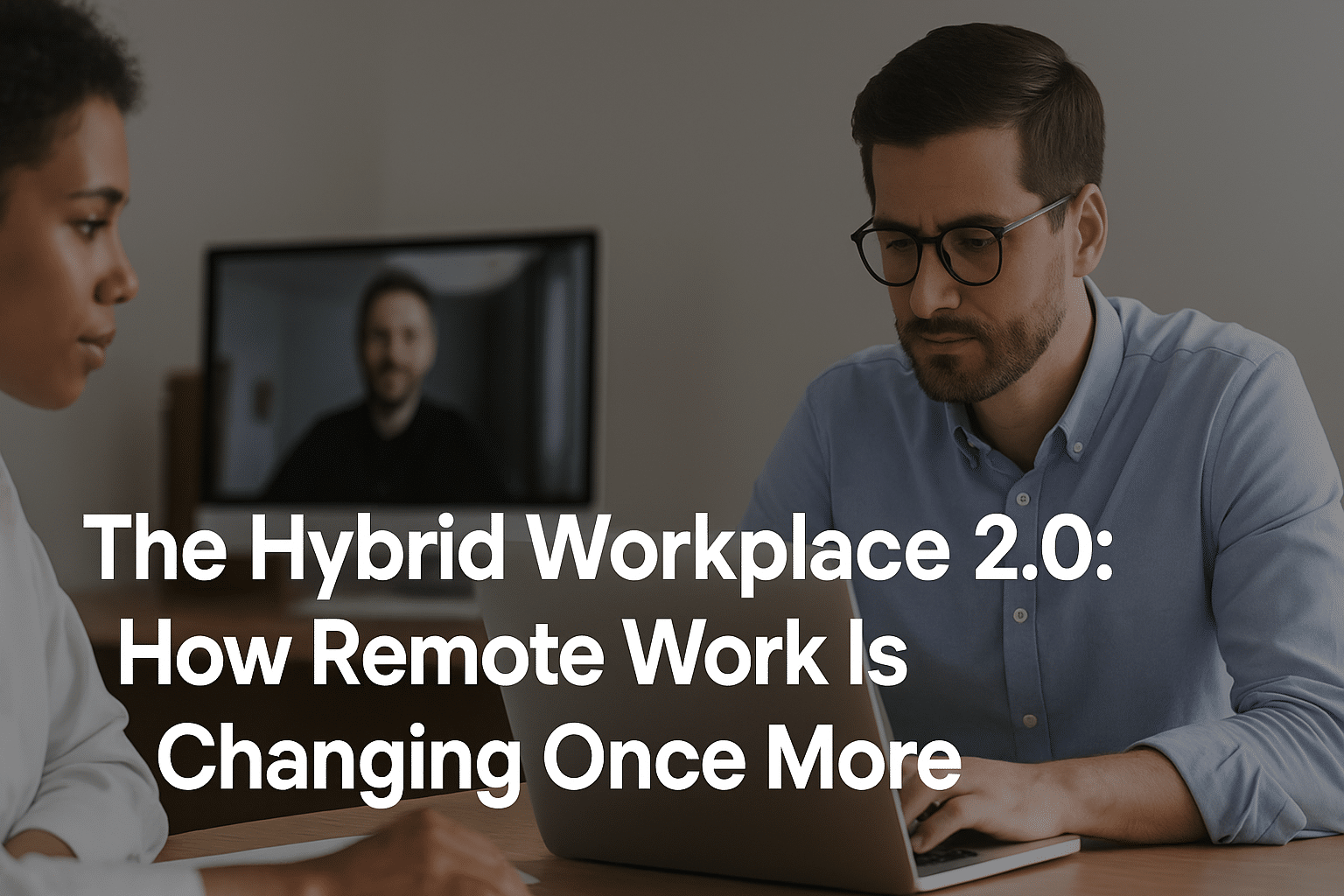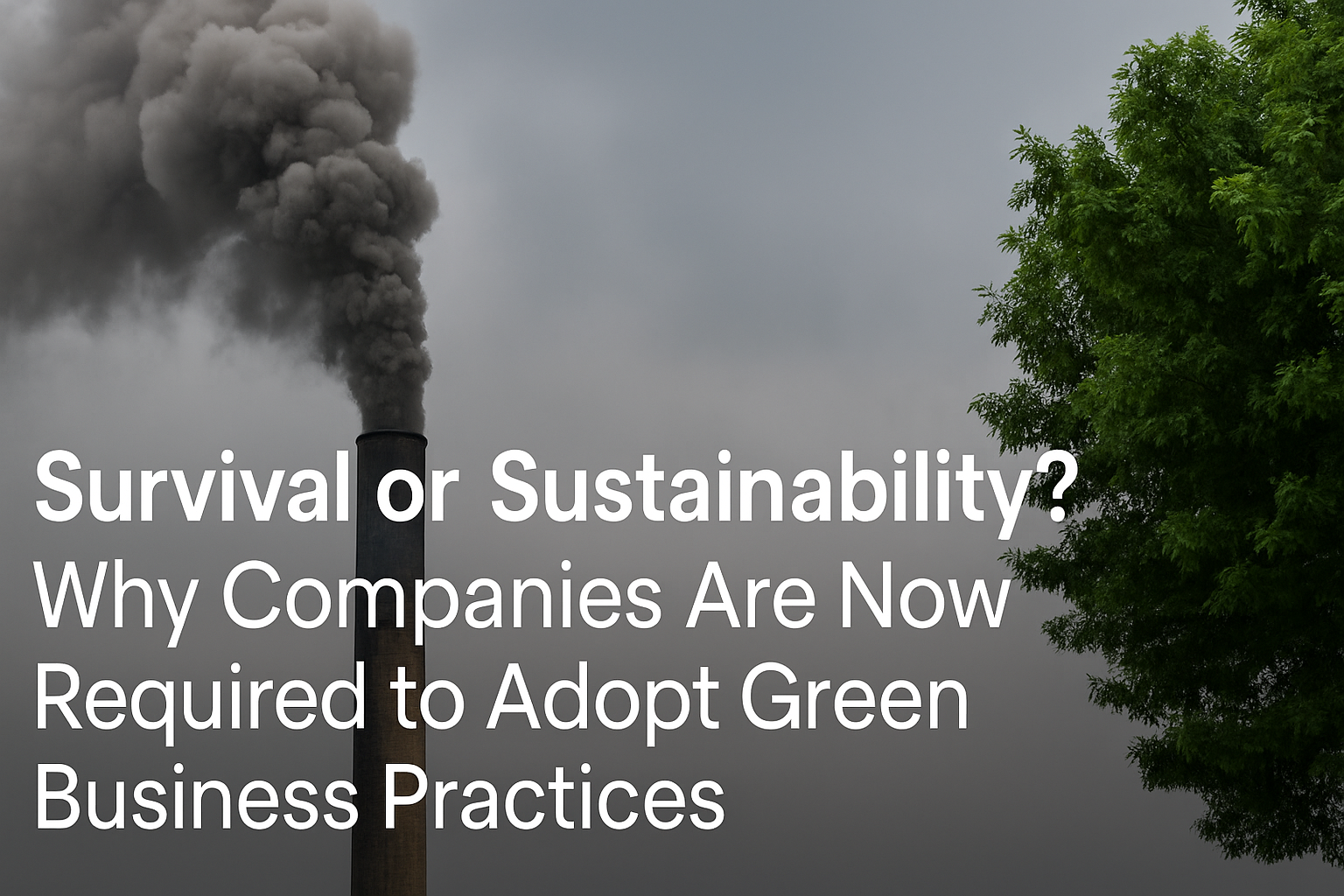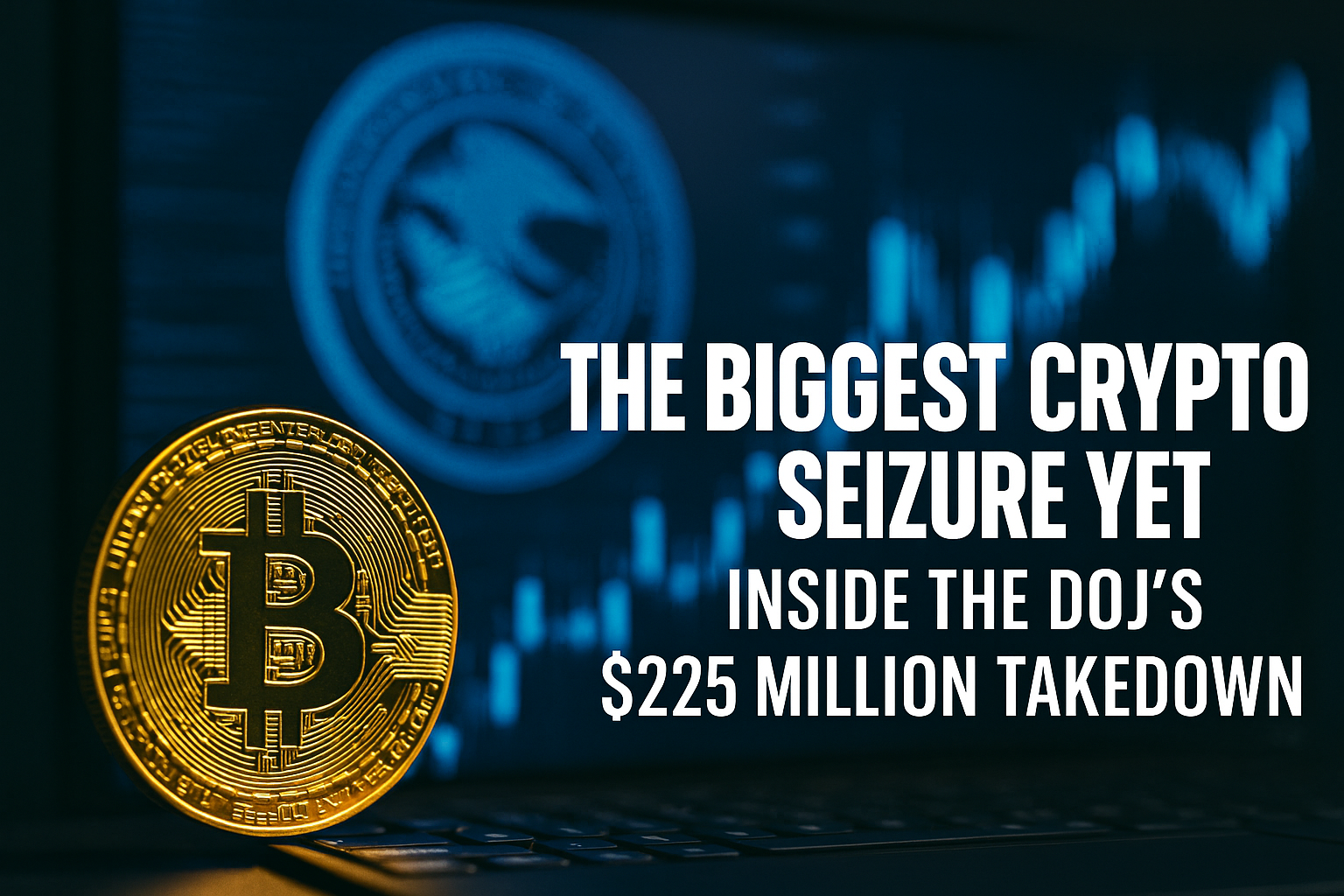By 2025, artificial intelligence (AI) has gone from being a disruptive trend to a key part of doing business. AI is no longer just used to automate boring tasks. It is now deeply embedded in the processes for making strategic decisions, coming up with new products, improving customer experiences, and running businesses. It’s no longer a question of whether businesses should use AI; it’s a question of how quickly they can use it to stay ahead of the competition.
1. The New AI Paradigm: From Efficiency to Intelligence
In the past, AI was mostly used to make things more efficient, like automating data entry, processing invoices, or predicting demand patterns. Today, it helps executives make big decisions by using real-time data models, forecasting tools, and generative AI technologies that show what will happen before it happens.
For example, big retail chains that operate in more than one country use AI-driven simulations to see how well their pricing strategies work in different markets. This lets businesses maximize profits without putting their real-world performance at risk. AI isn’t just about being fast; it’s also about being able to see what’s coming.
2. Generative AI: The Business Partner That Makes Things Happen
Generative AI models like GPT-5 and DALL·E 4 have changed what machines can make. Now, marketing departments can make great ad copy, social media posts, and product mockups in just a few minutes. Legal teams are using AI to write papers, and R&D teams are working with AI to come up with new product features based on how people use them.
According to a report from McKinsey, generative AI could add up to $4.4 trillion to the global economy every year, mostly by making people more productive and speeding up the process of coming up with new ideas.
3. AI and Changing the Workforce
The addition of AI has changed how people work together. Some low-skill jobs are going away, but new ones are opening up in AI governance, prompt engineering, and ethical data management. Companies that spend money on AI training programs are keeping their best employees, encouraging new ideas, and getting more people to use AI at work.
For example, Amazon has promised to spend $1.2 billion to teach 300,000 employees how to use AI and cloud computing by 2026.
4. Not just adoption, but strategic integration
AI is no longer just a side project or an experiment in an innovation lab in 2025. It’s part of every level of strategy. Companies are making sure that their AI projects are in line with their long-term goals, such as increasing the lifetime value of customers, lowering churn, entering new markets, and customizing products.
AI is also a topic of discussion in the boardroom. Chief AI Officers (CAIOs) are now part of executive teams at Fortune 500 companies. They help make sure that AI follows new global rules and is fair and ethical.
5. Finding Your Way Through the Ethical Landscape
Businesses are under more and more pressure to use AI responsibly as it gets smarter and more independent. There is a lot of attention on privacy issues, algorithmic bias, and openness. Regulatory bodies in the U.S., Europe, and Asia are quickly putting in place rules that are specific to AI.
Companies that plan for the future are already putting money into explainable AI (XAI) models and third-party audits to make sure their algorithms meet both legal and social standards.
⸻
Last Thoughts: AI as the Guide for Today’s Businesses
AI is more than just a tool in 2025; it’s the compass that helps businesses navigate a time of uncertainty, competition, and new ideas. People who use AI in a smart, moral, and creative way aren’t just getting by—they’re leading.
The smart will own the future of business, and AI is the engine that drives it forward.







Leave a Reply